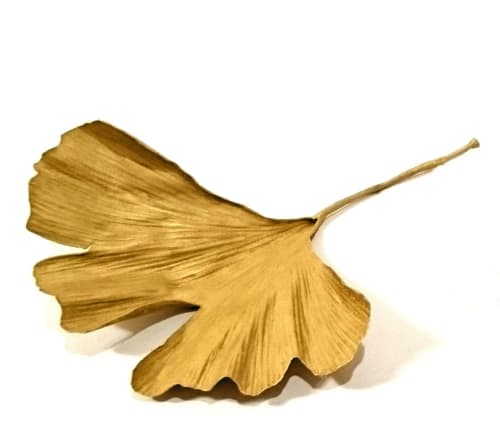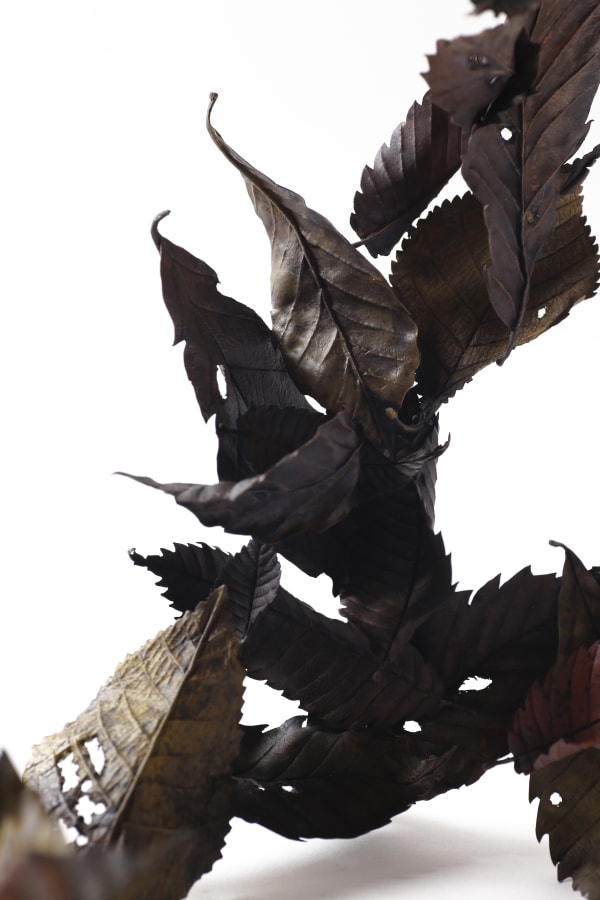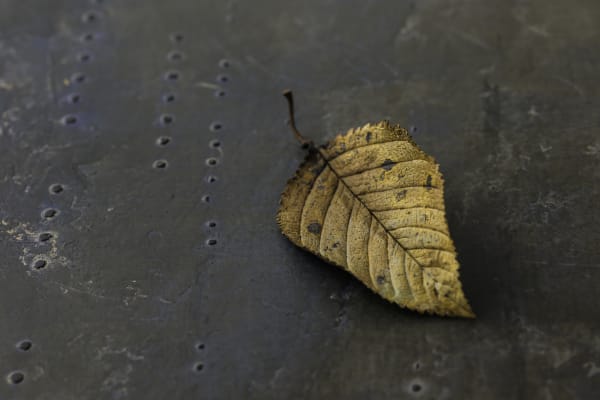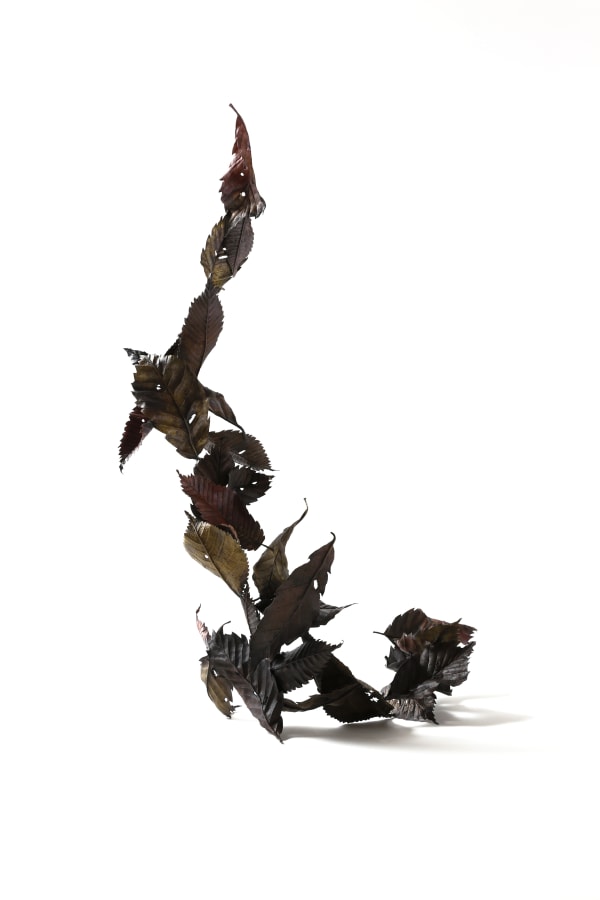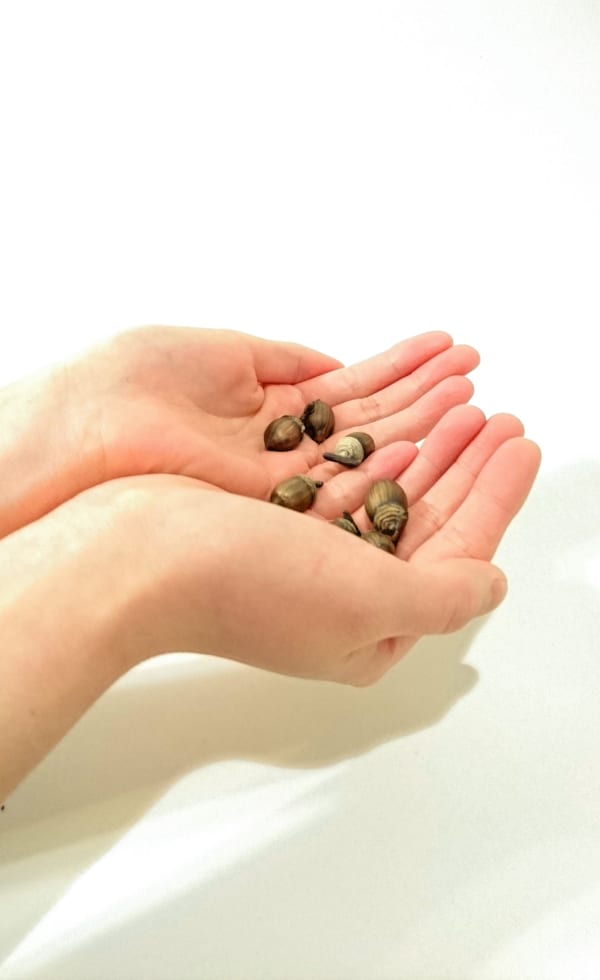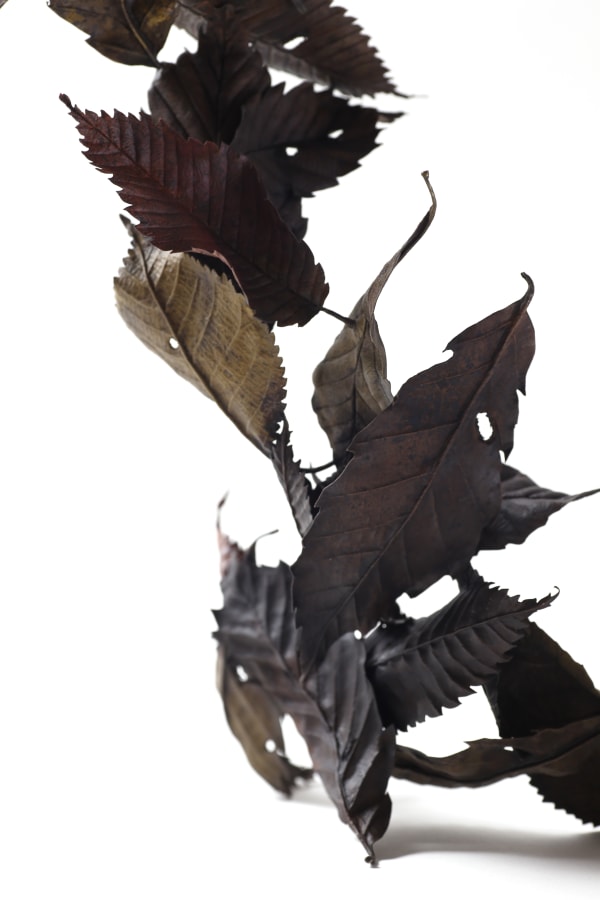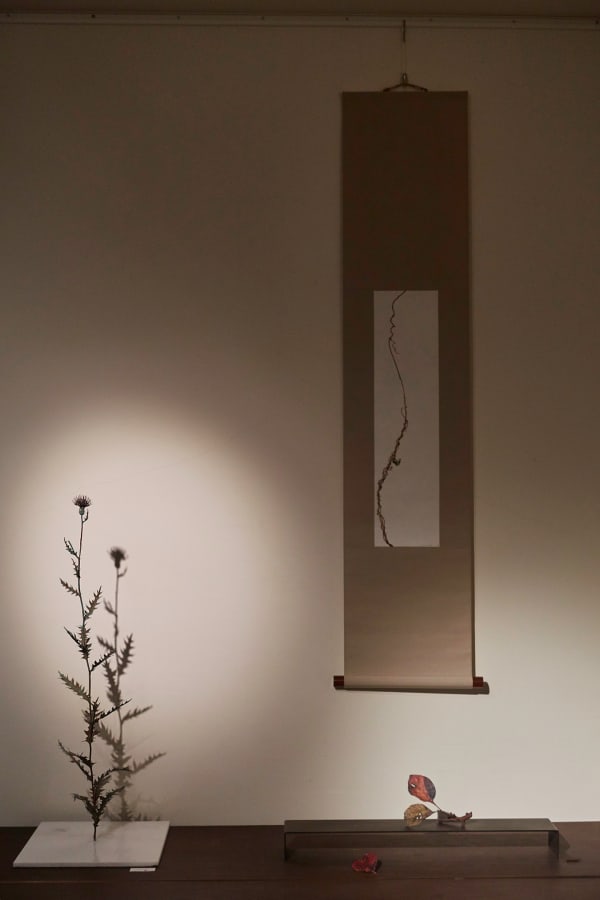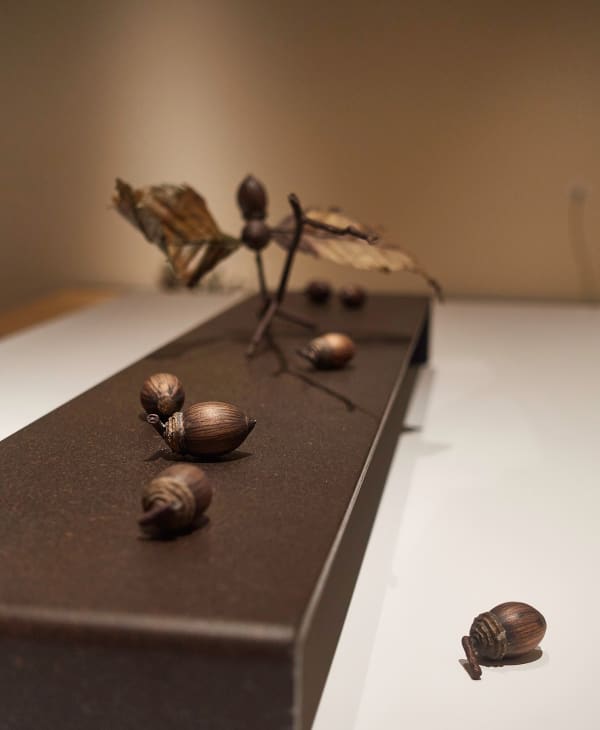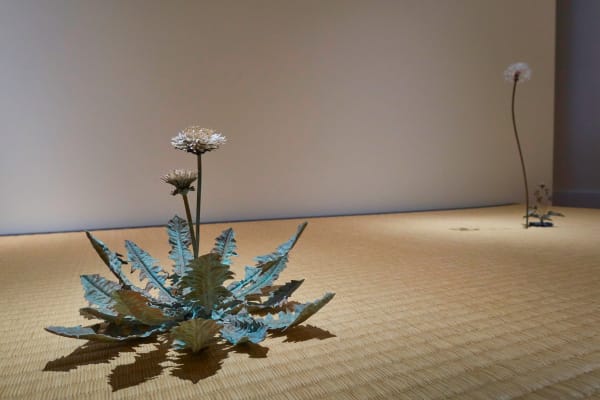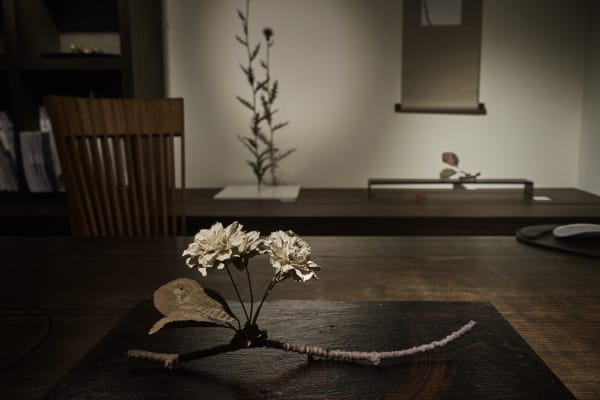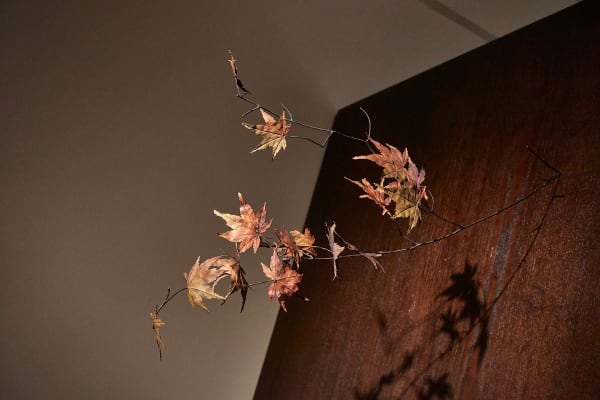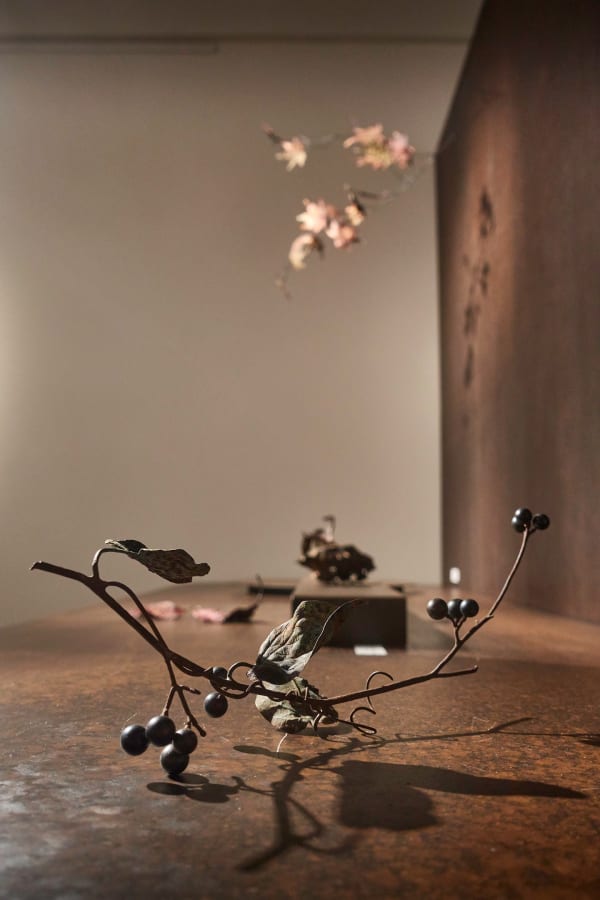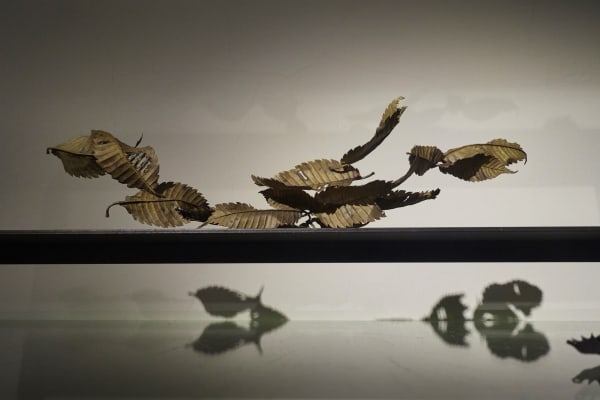Ripples & Blooms : Metal Works by Shota Suzuki
Still Life: Creating a Moment for Eternity
Shoko Aono
When I was young, I ran through the fields, picking the wildflowers that grew close to the ground. I would return home, hands full of flowers, only for the buds to soon wilt away. But the flowers that Suzuki creates capture a moment and keep it alive forever. Whether placed in a corporate office or on a countertop, the works introduce a breath of nature.
Shōta Suzuki's first solo exhibition in New York will be held in winter, in December. This is the season when the green leaves of summer change color, falling to the ground and returning to the soil, waiting for the coming of spring when they will put out new buds and bloom once more. They are only serious about life in the present; that is both the strength and weakness of plants. It is as if they are telling us to be more natural.
Suzuki is an unusual artist, in that his ambition is to recreate plants in metal. He has been an eager young botanist from an early age, fascinated by all plants’ beauty and strangeness, and later joining his university art department to major in metalwork.
From the seeds of a dandelion about to float away on the breeze to the faint scent of the cherry blossom before it falls, the leaves of the gingko tree swept up in the first wind of winter, and the thistle blossoms that grow rapidly in the sunshine, his works capture moments of delicate yet tenacious life.
Suzuki's studio is situated amid the temples of Kyōto's Kaneichō, in Higashiyama Ward, to the east of the Kamogawa River. The name of the district indicates that it was once home to the foundries which produced temple bells. However, Suzuki sits at a desk in the corner of his studio, where he creates delicate sculptures of plants out of metal. The metalworks are so realistic, they appear to have been made by magic.
Ippodo Gallery is pleased to present Shota Suzuki (b. 1987), in his first ever solo exhibition outside Japan this December. The works speak for themselves, just as nature does: Suzuki’s work celebrates the beauty of nature as the seasons change, thus this winter showcase will provide a window into the beauties of fall and spring, as well as a warm respite from the cold.
Shota Suzuki’s metalworks capture the essence of nature, just before the winds of change erase precious, ephemeral moments. From the seeds of a dandelion about to float away on the breeze to the faint scent of the cherry blossom just before it falls, Suzuki’s work has a breathless quality, functioning almost as a time capsule for mother nature. In these pieces, the dual delicacy and tenacity of life is revealed.
Suzuki studied botany from childhood, and the art of metalwork at university. His intensity and scholastic approach to a love of plants has resulted in an attention to detail in his pieces so realistic that they blend in with real leaves and blooms. Yet despite this careful approach, the fascination still feels effortless. In their imitation of the natural world, it is as if they encourage us all to be more natural.
Suzuki works from a studio situated amid the temples of Kyōto's Kaneichō in Higashiyama Ward, the former home of the foundries which produced temple bells. From his desk, he shapes leaves, nuts, and flowers from the metal, taking the natural world from fleeting to eternal.
At just 30 years old, Suzuki completed his metal course at the Tohoku University of Art and Design in 2010, and pursued research there in 2011. That year he received a prize in excellence for jewelry from the Itami International Contemporary Craft Exhibition. His work has been shown in group exhibitions at the Tokyo Metropolitan Art Museum twice, at the Yamazaki Mazak Museum in Aichi, Japan, at the Shiogama Sugimura Jun Museum of Art in Miyagi, Japan, and in galleries in Seoul, Edinburgh and Munich.
